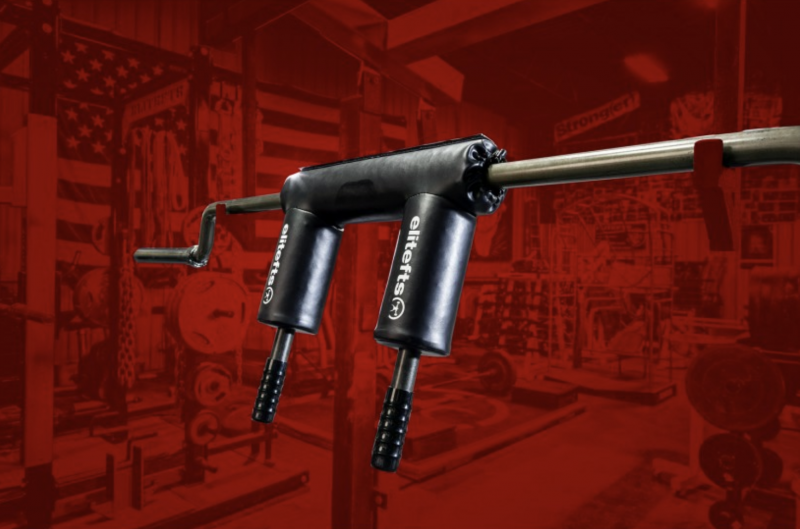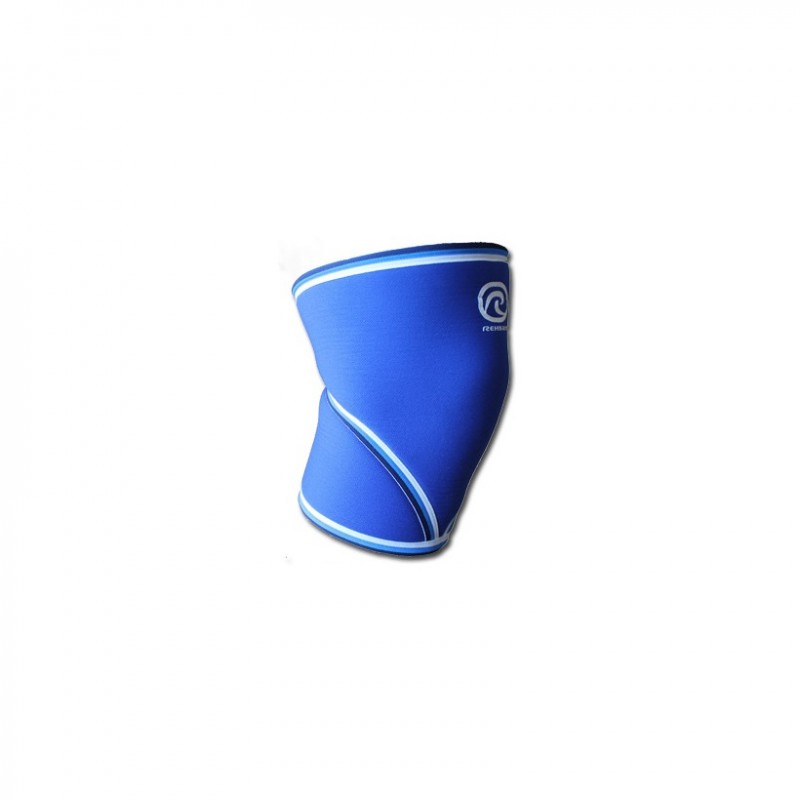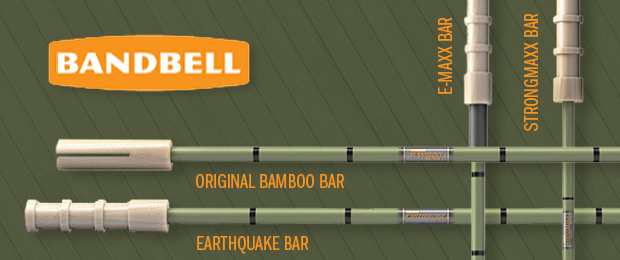
I say I can’t lift without, but in reality, I think that this comment extends to a vast majority of the rugby players that I program for, since more and more I am seeing that the specific injuries that are inherent in rugby need a modified program that’s not using traditional training equipment to get results. As Bryan Mann puts it so well: “The best ability is availability.”
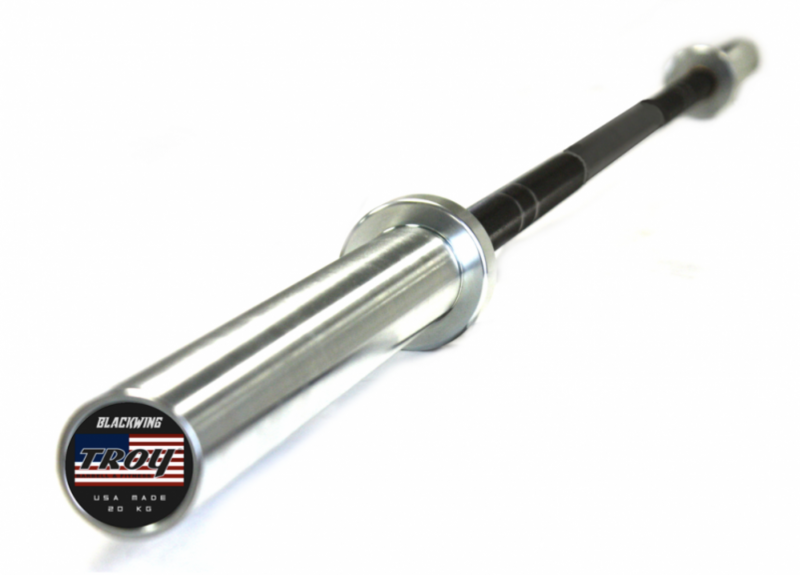
1. Olympic Bar
It’s not necessary to complete the full Olympic or modified Olympic movements with one of these, but my personal preferential bias leads me to this type of programming. It could be a variety of pulls, clean grip deadlift, or shrugs.
A good Olympic bar will be there for your grandchildren to train with if cared for properly. A revolving sleeve takes stress off of all the upper body joints from wrist to shoulder and the flex in the bar adds the whip to your movements.
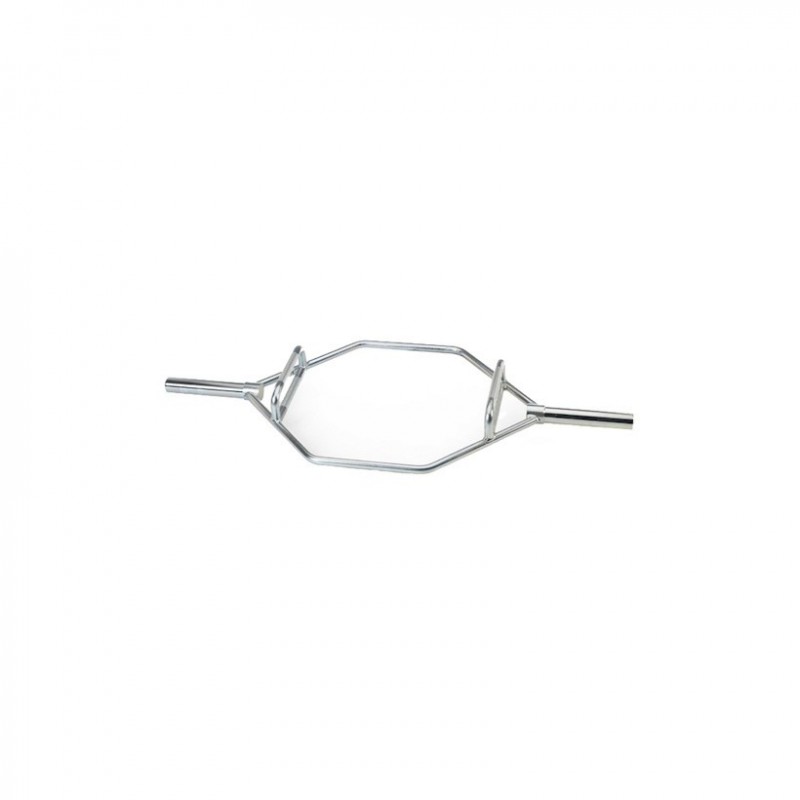
2. Trap Bar
A very versatile piece of equipment to use for a hybrid squat/deadlift position, getting the best of both in a safer start position for those who have had lower back issues at one time or another. I have numerous players using this bar instead of a straight bar and have reported no issues, either using it as a power style with the lightened method or for more a maximal force movement.
The trap bar can also be used as an excellent choice when doing overhead presses with the neutral grip as well as performing shrugs and all forms of rowing.
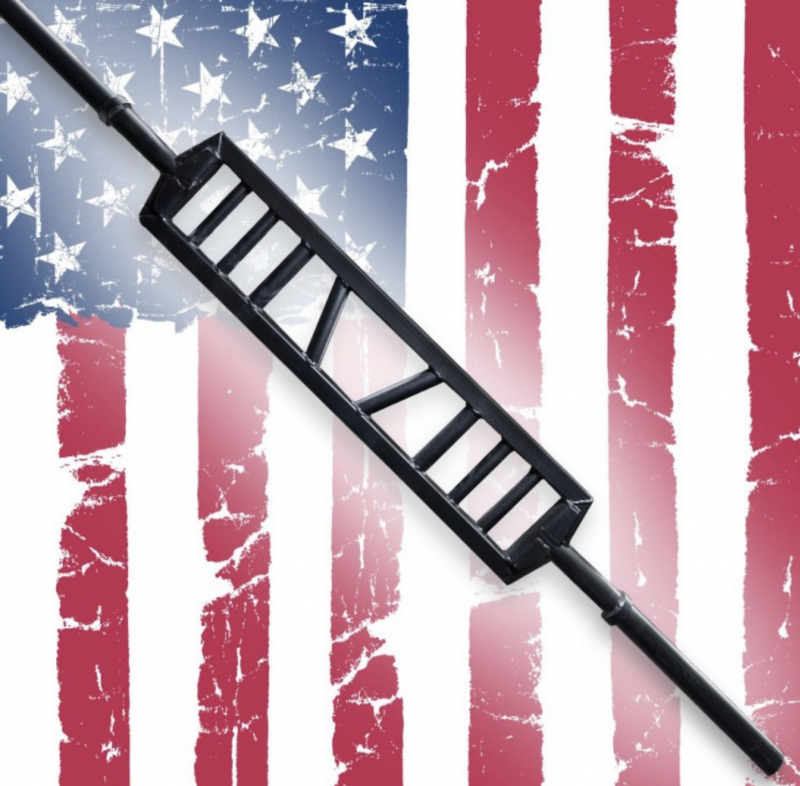
3. American Press Bar
Another versatile bar for the strength and conditioning coach. For me, the art of strength and conditioning is compromise and having tools like this gem in your toolbox allows you to program around the injured shoulder specifically.
Without this bar, many of my players over the years would have had to take pressing out of the program altogether. Excellent for close grip bench presses and neutral grip rowing variations as well as overhead pressing.
4. Safety Squat Bar
I have found the Safety Squat Bar to be the best of the squat variation bars available. Since I use a lot of box squatting in my programming, it is a great teaching tool to ensure that a player sits back onto a box and not straight down.
It also allows players with shoulder issues to be able to squat pain-free with the bonus of the extra lower back demands of the lift improving posture and support strength.
5. Micro Plates
I am a huge fan of percentage training, but one of the drawbacks was always using the smallest weight plates in the gym — 2.8 pounds (1.25kg) in some and 5.5 pounds (2.5kg) in other gyms — when I required a much smaller increment to stay in line with my programming. Now some will say, “Man up and round up to the next big plate,” but the lessons learnt when young tend to stay with us the longest and are the hardest to forget.
Ivan Protitch, a man mountain back when I was 17 years old, instilled in me a belief that if you can add small amounts of weight in each and every workout, then the magnifying effect of this over time is huge. Also, if I am training at near maximal loads I have found that you can always add 0.5 pounds (0.25kg) or 1.1 pounds (0.5kg) to the bar to set a new PR and gradually move it up over time.
6. Brace
As I have mentioned in another article, I thought that due to arthritis my lifting days on my favourite movements, squat, snatch, and deadlift were behind me, but having discovered the Donjoy Knee Brace, my concerns are gone and I am steadily lifting and making progress in all the major lower body lifts once again.
I would urge all people suffering from the stresses of arthritis to speak to your doctor about a non-surgical intervention of a brace to support your daily activities and pleasures if it is possible.
7. Programming
“By failing to plan (program), you are planning to fail.”
These programs provide a snapshot of the most effective methods that I have used over a number of years to develop strength and size. These and the use of Prilepin’s Chart and the INOL will provide you with a plethora of programming options for many years.
By using Prilepin’s Chart in tandem with the INOL, you can optimize your training by adhering to the guideline in each zone in which you can either perform a linear or an undulating plan to set your new PRs.
For example:
Undulating 4 Week Block
- Week 1: 4 x 6 or 8 x 3 @ 70%, INOL = 0.8
- Week 2: 5 x 3 or 8 x 2 @ 90%, INOL = 1.5 or 1.6
- Week 3: 3 x 6 or 6 x 3 @ 80%, INOL = 0.9
- Week 4: 5 x 2 @ 95%, INOL = 2.0
Linear 4 Week Block
- Week 1: 5 x 6 or 10 x 3 @ 70%, INOL = 1.0
- Week 2: 4 x 6 or 8 x 3 @ 80%, INOL = 1.2
- Week 3: 5 x 3 or 8 x 2 @ 90%, INOL = 1.5 or 1.6
- Week 4: 5 x 2 @ 95%, INOL = 2.0
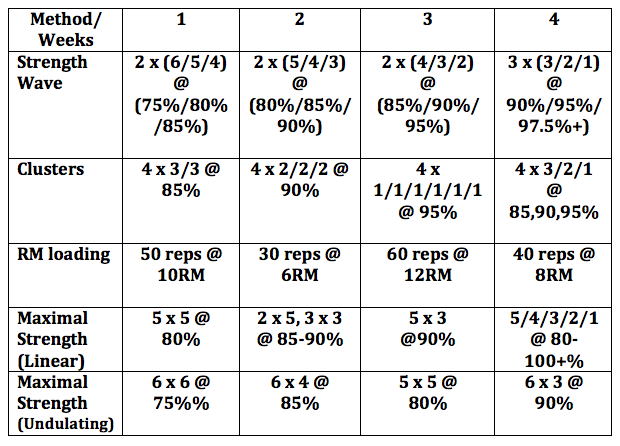
If I would be allowed one more and make this into eight, then it would have to be the Tsunami Bar or the Earthquake Bar, having used the Tsunami Bar to make the Beast Circuit even more beastly, with Ross Ford, the highest capped Scottish rugby international of all time, showing how it is done.










